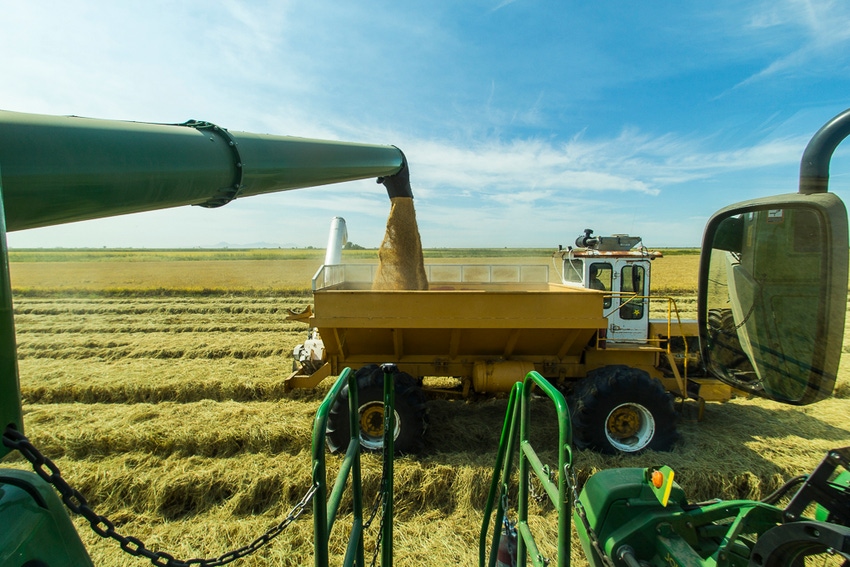August 2, 2016

It’s too easy for consumers to complain about how fat farmers are getting when they see prices for food products rise in the local grocery store.
Except they’re wrong every time.
The California-based Western Growers Association recently revamped its “Produce Price Index” (PPI) website to allow consumers to easily identify the price difference between what customers pay at grocery stores for fresh produce and what farmers actually receive for their products.
I personally have mixed feelings about something like this. On one hand it should put to rest the very complaint that farmers are “gouging” the public when the facts remain that it’s the retailer who sets the price.
Under our capitalistic system each step along the way, between farmer and grocer, an additional cut is added until that head of iceberg lettuce that the farmer was paid about 27 cents for has its 433-percent added mark-up included in the price paid at the local store.
I like what WGA is doing – don’t get me wrong. I think in our day of focused media attention on our food supply and the cry for added labels on everything we eat, perhaps there should be a label that says – added dealer mark-up: 298 percent.
Yeah, I know: it won’t happen.
But what if it did? What if the new car we are looking at had a label that tells us exactly what it cost the manufacturer to make? First, of course, we’d have to change that entire system so that the price paid for that vehicle at the manufacturer level was set by the next person in the chain of events that moves the automobile from manufacturer to retail seller.
Given that so few of us grow our own food and therefore pay for the convenience of having it ready for us at a large number of retail outlets, what are we to complain about? Yes, those sliced apples in the bag cost more than the whole apples in the produce bin – so what. I’m paying for the convenience of the sliced apple.
Ditto the container of ready-made salad my local grocer offers that I am willing to buy.
Many consumers do not realize that on average farmers receive less than 16 cents of every $1 spent on food. While the food processor and grocer know pretty much what their costs are for employees, power, building maintenance, etc., farmers must contend with a whole list of unknowns.
Will it rain at the wrong time? Will it rain at all? Will the government allow me to have irrigation water? What will that water cost? Will bugs eat my crop this year? How much will I spend fighting those bugs? Will plant diseases be problematic? Will fuel prices be stable? How will new regulations affect my cost of doing business? Will I be able to find laborers to pick my fruit and vegetables? Can I afford it based on what the buyer tells me I’ll be paid for my crop?
Keep this in mind as the three largest agricultural-producing counties in the United States – hint: they’re all in California – release gross crop values in the next few weeks.
When you read that a particular county sold the crops and raw commodities produced by farmers there for somewhere north of $8 billion you might then use the WGA figures to factor the tens of billions of dollars collected by grocery stores for those same products.
While you’re at it, consider the likelihood that some of those crops cost more to grow than the farmer was paid to produce them.
You May Also Like




